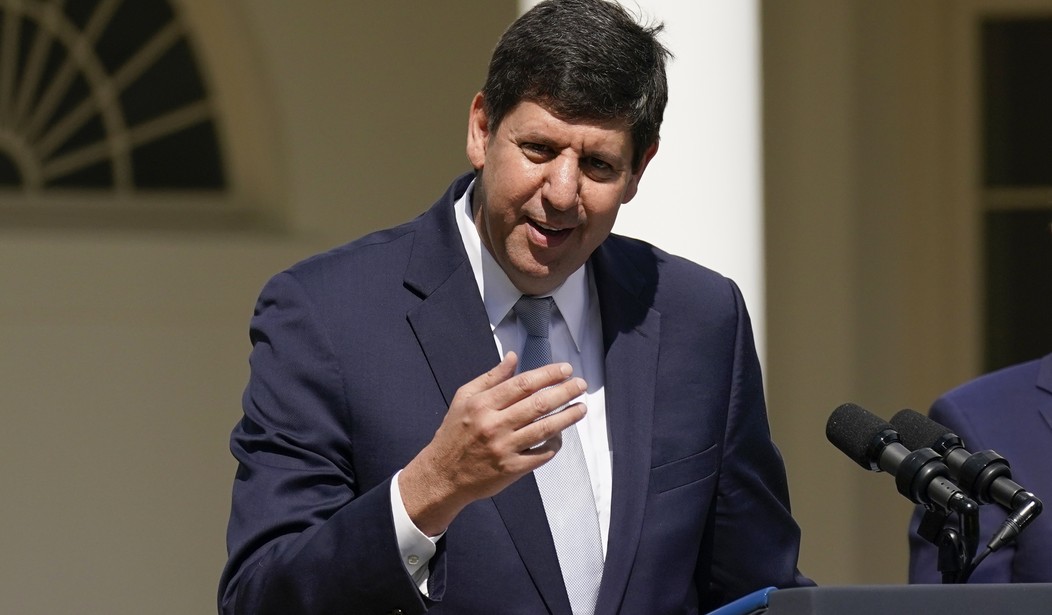The existence of the ATF is something that many of us resent deep in our core. After all, it's a law enforcement division that exists to curtail our right to keep and bear arms, among other things. As a bourbon fan, they also regulate that too, so I have grounds to resent them even more.
Anyway, the ATF has a long and "illustrious" history of being just a pain in the backside for law-abiding gun owners, gun stores just trying to keep the doors open, and generally any dog that crosses their path.
But, hypothetically, they could be something else. There are laws on the books meant to stop the illicit trade of firearms, but the ATF seems to largely ignore that and instead focuses on whether or not someone transposed a number on their paperwork.
Yet it seems that following the smackdown they got after the Cargill decision, the bureau has its back against the proverbial wall.
In Cargill, a 6-3 majority of the Supreme Court held that ATF lacked statutory authority to promulgate the rule because a bump stock unambiguously falls outside the existing statutory definition of “machine gun.”
Justice Clarence Thomas’ majority opinion centered the meaning of the phrase “by a single function of the trigger” on the firearm’s internal mechanics, which are unaffected by the addition of a bump stock. The Court reasoned that a semiautomatic rifle equipped with a bump stock is not a machine gun because it still cannot fire more than one shot “by a single function of the trigger,” even if the device reduces the amount of time that elapses between separate “functions” of the trigger.
Even on its own, Cargill spells an ominous sign for ATF in its ongoing battles to defend several other major rule changes against claims under the Administrative Procedure Act. But combined with the Court’s near-simultaneous destruction of Chevron deference in Loper Bright Enterprises v. Raimondo, the decision packs a hefty one-two punch that strips the ATF of an often-relied upon crutch in future litigation.
The Supreme Court has already granted certiorari in Garland v. VanDerStok, which will be heard in the Court’s 2024-2025 term. At issue in VanDerStok is an ATF final rule in which the agency—much as it did with bump stocks—sought to bypass perceived congressional inaction on so-called ghost guns and weapons-parts kits by “updating” its interpretation of what the agency can regulate as a “firearm” under the Gun Control Act of 1968.
Things don't look good for the ATF here, and for good reason.
The issue with the Chevron deference was that it basically boiled down to giving regulatory bodies the benefit of the doubt on regulations. It was assumed that if the law was a bit ambiguous, then there should be some leeway given to regulatory bodies. That's now dead as a doornail, and that means the ATF has a problem.
There are a lot of matters where federal law is ambiguous and yet gun regulations have been crafted. VenDerStock is just one example of where the ATF has clearly overstepped, hoping to use ambiguity in the law to their benefit, only to have the Supreme Court shut that down.
And really, while a lot of anti-gunners are upset about this, they shouldn't be.
Most of them have other things they care about. The Chevron deference essentially meant any of those could be regulated away. I'm watching it happen in at least one area of interest outside of the Second Amendment and guns, which means it could happen pretty much anywhere else.
Only there's a way to address it now, and that's bad for the ATF because they've relied on the Chevron deference for way too long.
Meanwhile, the big winners in time may be our pets.







Join the conversation as a VIP Member